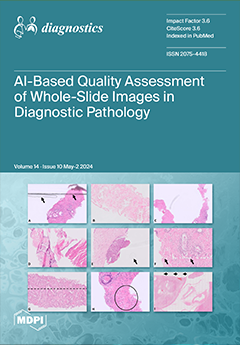Introduction: Approximately 20% of patients with metastatic spine disease develop symptomatic spinal cord compression, and these patients can present urgently to the emergency department (ED) or, in a more organized fashion, to a clinic. In a cohort of patients undergoing metastatic spine surgery, we sought to (1) determine the rate of ED presentation, (2) identify preoperative and perioperative risk factors associated with ED presentation, and (3) evaluate whether ED vs. clinic presentation impacts long-term outcomes. Methods: A single-institution, multi-surgeon, retrospective cohort study was undertaken of patients undergoing metastatic spinal tumor surgery between 02/2010 and 01/2021. The primary exposure variable was presentation setting, dichotomized to the ED vs. clinic. The primary outcomes were postoperative functional status, measured with the Karnofsky Performance Scale (KPS) and McCormick Scale (MMS), local recurrence (LR), and overall survival (OS). Secondary outcomes included complications and readmissions. Results: A total of 311 patients underwent metastatic spine surgery (51.7% ED vs. 48.3% clinic). Those presenting to the ED had higher rates of smoking (21.7% vs. 16.0%,
p = 0.02), were more likely to have 2+ comorbidities (47.2% vs. 32.7%,
p = 0.011), and were more likely to have public insurance (43.5% vs. 32.0%,
p = 0.043). Preoperative KPS was lower in ED patients (
p < 0.001), while the Bilsky score was higher (
p = 0.049). ED patients had higher rates of oligometastatic disease (
p = 0.049), higher total decompressed levels (
p = 0.041), and higher rates of costotransversectomy (
p = 0.031) compared to clinic patients. Length of stay was significantly longer for ED patients (7.7 ± 6.1 vs. 6.1 ± 5.8 days,
p = 0.020), and they were less likely to be discharged home (52.2% vs. 69.3%,
p = 0.025). ED presentation was significantly associated with shorter overall survival (HR =1.53 95% CI = 1.13–2.08,
p = 0.006). Conclusions: Of patients undergoing metastatic spine disease, approximately half presented through the ED vs. clinic. ED patients had higher rates of smoking, public insurance, and higher Bilsky score. ED patients also underwent more extensive surgery, had longer LOS, were less likely discharged home, and most importantly, had a shorter overall survival. These results suggest that initial presentation for patients undergoing surgery for metastatic spine disease significantly impacts outcomes, and signs/symptoms of metastatic spine disease should be recognized as soon as possible to prevent ED presentation.
Full article






